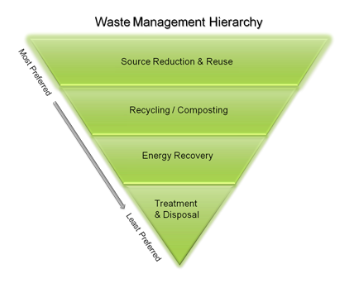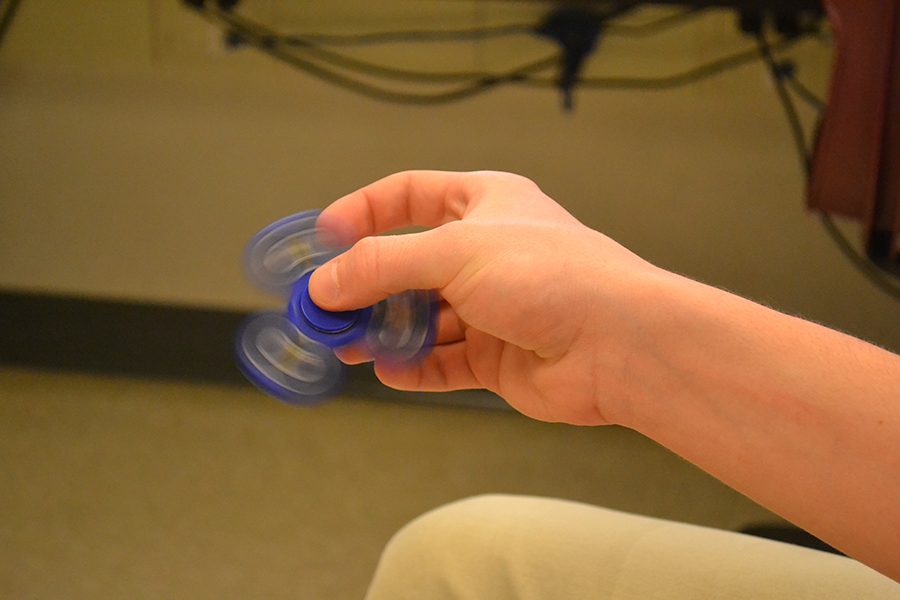Fidget devices sooth hyperactive minds
Hugh Lory (’17) spins a fidget spinner. The spinner has helped Lory use energy in class and pay attention.
April 21, 2017
Sitting in the same uncomfortable chair for an hour and twenty minutes is boring. Students have discovered new toys to keep themselves from getting distracted.
Spinners, fidget cubes, and TechDecks are being used to help students concentrate when listening to a lecture or trying to write a paper.
Kids with ADHD, ADD, or other learning disorders tend to fidget around and need something to keep themselves occupied.
Fidgeting is an indicator that kids aren’t getting enough movement throughout the day.
Although these toys may seem annoying, they aid in keeping the student less hyper-active and more focused in on what they are doing.
In an article by Angela Hanscom in the Washington Post, the amount of kids being diagnosed with ADHD is rising because of how long students have to sit in classrooms.
Jack Lochary (’18) makes his own spinners to his liking. He has made about thirteen now, and has broken seven. Charlie Speno (’18) also uses spinners avidly during class.
Teachers tend to get annoyed at the sounds these toys make. Whether it’s the clicking of the fidget cube or the whoosh of a spinner, these repetition of these sounds can become bothersome.
“I usually do get told to put my spinner away, but then I just use it under my desk or at angle the teacher can’t see.” said Charlie Speno (’18).
These spinners and fidget cubes don’t come at cheap prices either. One of the most expensive spinners on Amazon is listed at 190 dollars, and the fidget cube at 80 dollars.




















